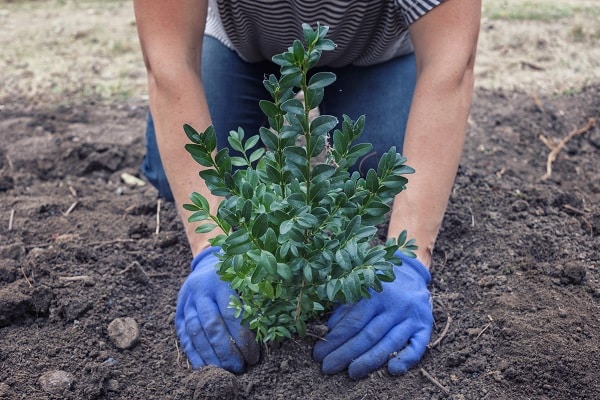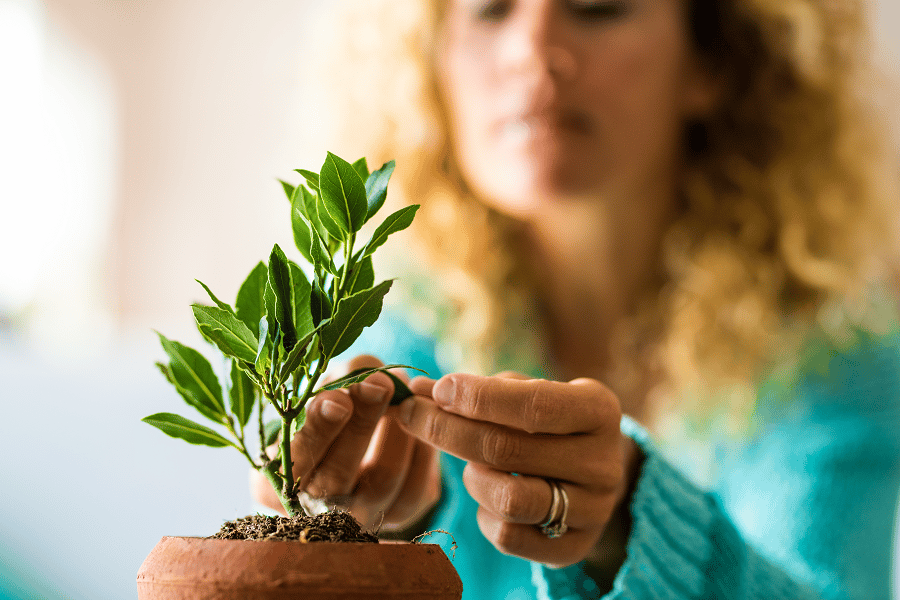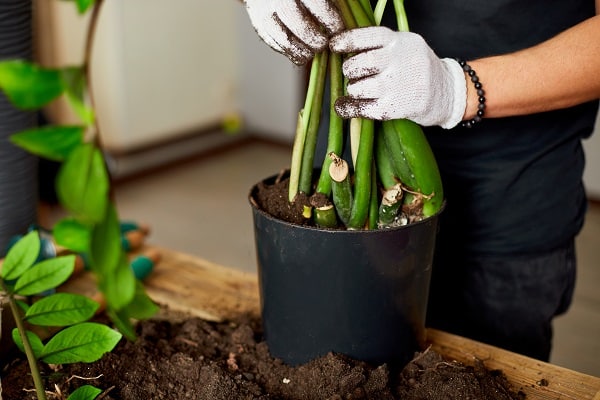Houseplants are a great way to improve the air quality in your home, and they can also add some color and life to your décor. However, keeping houseplants alive and healthy can be challenging for some people. Whether it is due to a lack of time or knowledge, many people end up killing their plants. If you are one of those people, this post is for you! In this article, you will learn how to maintain your houseplants and some of the benefits of having these plants thrive in your home!
Contents
The Benefits Of Having Houseplants

Houseplants are more than just aesthetically pleasing; they offer many benefits for both your health and your home. For starters, plants help to purify the air by absorbing carbon dioxide and releasing oxygen. They can also help to improve your mental and physical health; studies have shown that interacting with plants can reduce stress levels, improve cognitive function, and even boost your mood.
In addition, as the intro mentioned, houseplants can help to improve the overall quality of your indoor air. They can create a healthier indoor environment by helping to regulate humidity levels and filtering out pollutants. So whether you’re looking to improve your health or your home, consider adding some houseplants to your decor.
Tips To Maintain Your Houseplants
As beneficial as houseplants can be, they do require some upkeep. And while you might be covering the basics like watering and feeding, there are a few other things you can do to keep your plants healthy and happy. Here are some tips for maintaining your houseplants:
Don’t Overwater Your Plant

Most people believe the key to keeping a house plant healthy is regularly watering it. However, this isn’t always the case. Overwatering is one of the most common reasons why houseplants die. When a plant is overwatered, the roots are suffocated and starved of oxygen, which prevents the plant from being able to uptake nutrients from the soil, eventually leading to its demise.
While it may seem counterintuitive, watering your plant less often can be beneficial. Allowing the soil to dry out between waterings encourages the plant’s roots to grow deeper in search of moisture, which results in a stronger, healthier plant that can withstand drought conditions. So next time you want to reach for the watering can, think twice – your houseplant might prefer to stay on the dry side.
Give Your Plant The Proper Food

Like people, plants need the proper nutrients to stay healthy and thrive. However, finding the perfect fertilizer can be a challenge. There are hundreds of different products on the market, each claiming to be the best. So how do you know which one is right for your plant? The first step is to figure out what type of plant you have. Different plants have different needs, so choosing a fertilizer designed for your species is essential.
Once you’ve done that, it’s time to consider the frequency of application. Some fertilizers must be applied weekly, while others can last for months. Be sure to read the label carefully, so you don’t over- or under-fertilize your plant. With a little trial and error, you’ll be able to find the perfect fertilizer to keep your houseplant happy and healthy.
Know When To Repot Your Plant

One of the most important things to know when caring for houseplants is when to repot them. Many people mistake waiting until the plant has outgrown its pot before repotting, but this can do more harm than good. When a plant is roots-bound, it can become stressed, leading to decreased growth and even death. As a general rule of thumb, it’s best to repot your plant every one to two years.
However, a few signs indicate that it’s time for a new home sooner. If you notice that your plant is starting to wilt, even when well-watered, it’s probably time for a larger pot. Another telltale sign is if you see roots from the drainage holes in the bottom of the pot. When in doubt, err on the side of repotting sooner rather than later – your plant will thank you for it!
Regularly Prune Your Plant

Houseplants are a great way to bring a touch of nature indoors, but they can also be high-maintenance. One important task that all plant owners must do regularly is pruning. Pruning helps to shape the plant, remove dead or dying leaves and stems, and encourage new growth. Start by closely examining your plant and assessing which areas need trimming.
Then, use sharp pruning shears to make clean cuts at a 45-degree angle. Be sure to dispose of the trimmings in the trash; leaves and stems that are left on the ground can attract pests. With a bit of care and attention, you can keep your houseplants looking their best with regular pruning.
Remove Any Dust On Your Plant

Anyone who owns a house plant knows that they can be a bit of a dust magnet. Over time, the leaves can become covered in a fine layer of dust, which can interfere with the plant’s ability to photosynthesize. In addition, dust can also block the pores on the leaves, leading to fungal growth or insect infestations. Luckily, it is relatively easy to remove dust from house plants.
A simple wipe-down with a damp cloth will usually do the trick. For more stubborn cases, you may need to give the plant a gentle shower. Just be sure to use lukewarm water and avoid getting any water on the leaves, as this can cause them to brown. With a little effort, you can keep your house plants looking clean and healthy.
Keep Your Plant Pest-Free

If you have grown anything, you know that pests can wreak havoc on even the healthiest of plants. Aphids, mealybugs, spider mites, and whiteflies are just a few of the many pests that can infest houseplants. Not only do these pests damage leaves and stunt growth, but they can also spread disease. Fortunately, there are a few simple steps that you can take to keep your houseplants pest-free.
First, make sure to inspect your plants regularly for signs of pests. If you see any insects or eggs, be sure to remove them promptly. Second, use natural pest control methods whenever possible, including things like spraying the plant with a mixture of water and soap. Finally, quarantine any new plants you bring into your home. Following these simple tips can keep your houseplants healthy and pest-free.
Take Steps To Maintain Your Houseplants!
Houseplants can bring a touch of nature into your home, but they require much care and attention. To keep your plants healthy and happy, follow all of the tips in this article. Although it may seem like a lot when you read it, it will quickly become second nature. Then, you can sit back and enjoy your beautiful plants! So before you give up on that fiddle leaf fig, give it everything it needs to thrive!



